
"Het is een meerwaarde om met een partij te werken die gelooft in onze missie"
Succesvolle start-up met modulaire en repareerbare smartphone legt met ERP- informatiesysteem basis voor verdere groei.
Na meer dan vijfentwintig jaar trouwe dienst is het huidige ERP-systeem van de Walraven Group verouderd. Niet dat de wereldwijd opererende fabrikant en leverancier van installatiesystemen heeft stilgestaan: integendeel. Maar met het oog op de toekomst en de verdere groei is een modern ERP-systeem noodzakelijk.
Samen met Skopos hebben we een analyse uitgevoerd van de processen en de informatiebehoeften binnen Walraven bedrijven. Vragen die daarbij centraal stonden: hoe werken we nu, hoe willen we werken en wat hebben we daarvoor nodig? De expertise van Skopos hebben we goed kunnen gebruiken, niet alleen op technisch vlak, maar ook wat betreft kennis van moderne ERP-systemen en het managen van stakeholders.
De Walraven Group, die inmiddels 77 jaar bestaat en na de Tweede Wereldoorlog begon met het zelf produceren van pijpbeugels, wil blijven groeien. Door de jaren heen groeide het bedrijf uit tot een multinational. De business van de organisatie verandert, legt Marco Deterink, Enterprise Architect bij Walraven, uit. “De klantengroep wordt steeds internationaler en we werken steeds meer samen met architecten en installateurs om tot totaaloplossingen voor bouwprojecten te komen. Dat betekent dat we als organisatie de complexiteit uit onze bevestigingssystemen moeten halen, ze schaalbaar moeten maken en meer data moeten uitwisselen. De basis standaardiseren is noodzakelijk om een hoger serviceniveau te kunnen bieden aan onze klanten, om te kunnen groeien en om toekomstige businessmodellen te kunnen ondersteunen.”
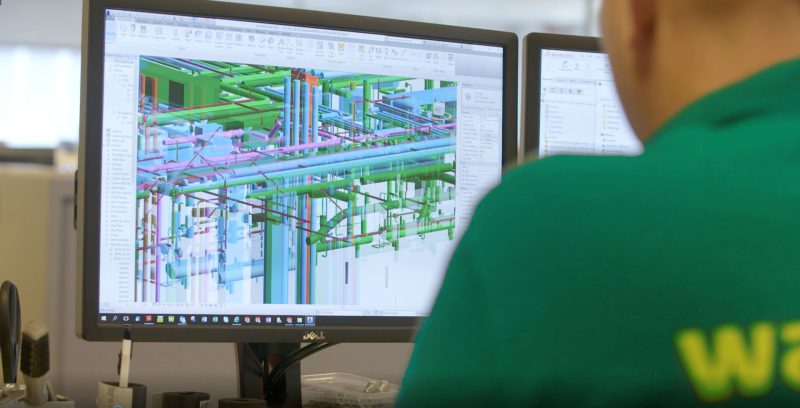
Met een nieuw ERP-systeem is Walraven Group niet alleen in staat om toekomstige groei op te vangen, maar ook om beter op de behoeften van de klant in te spelen. Digitale communicatie, configure to order: het zou niet of slechts beperkt mogelijk zijn met de oude software. “In eerste instantie haalden we Skopos binnenboord om van een buitenstaander te horen hoe we ervoor stonden”, aldus Jan-Hendrik van Walraven, Group Business Analist binnen het familiebedrijf. “Immers, vreemde ogen dwingen. Ook wilden we alle neuzen dezelfde kant op krijgen: is een nieuw informatiesysteem het doel of hebben we andere ambities?? Mensen willen het niet hebben over een nieuw systeem; ze werken liever aan slimmere en betere processen.”
Met locaties in tientallen landen zou een organisatie brede inventarisatie meteen heel veel tijd in beslag nemen. “Daarom namen we onze Engelse vestiging als voorbeeld, aangezien we daar zowel produceren als verkopen.” Marco Deterink, Jan-Hendrik van Walraven en Gerrit Vixseboxse van Skopos vlogen in totaal zeven keer naar de UK, om in kaart te brengen hoe men daar werkte en wilde werken.
De pilot in het Verenigd Koninkrijk bleek een doorslaand succes. Van Walraven: “Vooral omdat we de medewerkers zelf hun eigen processen en de interne samenwerking lieten analyseren.” De methode van Skopos en de daaruit voortvloeiende UK blauwdruk bevielen de managers en medewerkers van Walraven zeer goed. Ze besloten om, samen met Jelle Hollema van Skopos, een blauwdruk voor álle vestigingen in Europa op te stellen. Van Walraven: “Vervolgens hebben we van alle landen de vertegenwoordigers naar Nederland gehaald. Allereerst om uit te vinden wat hun gezamenlijke processen zijn. Zodat het magazijnbeheer in bijvoorbeeld België niet afwijkt van de werkwijze in Frankrijk en Duitsland. Pas daarna zijn we in geharmoniseerde processen gaan denken. De verschillende subgroepen, zoals finance, productie en supply chain, werden in elkaar geschoven. De Walraven blauwdruk hebben we opgesteld met behulp van specialistische BPM-software, een informatiesysteem om processen mee te ontwerpen en te beheren.”
Na dit intensieve traject van interne proces- en informatieanalyse, hadden Walraven Group en Skopos een Europese blauwdruk klaarliggen. Eén document waar iedereen van Walraven zijn bijdrage aan heeft geleverd en achter staat, van de werkvloer tot de directie en aandeelhouders. Nog steeds tonen directie en management elke dag een grote betrokkenheid bij dit project. Jan-Hendrik van Walraven: “Dat is wat je wilt.”
Naast deze analyse stelde Walraven, samen met Skopos, een business case voor ERP op. Een document dat de voordelen, de kosten en de risico’s van ERP benoemt en kwantificeert. Walraven en Skopos besteedden speciale aandacht aan het specifiek maken van de bijdrage van ERP aan de bedrijfsstrategie. Daarnaast was het creëren van eigenaarschap voor deze business case bij de lijnmanagers van Walraven een voornaam aandachtspunt.
De blauwdruk heeft het urgentiebesef voor ERP-vernieuwing vergroot en een programma van eisen voor vervolgstappen opgeleverd. Van Walraven: “Het management erkende dat de nieuwe processen en informatiebehoeften onmogelijk in te vullen zijn met het huidige ERP-systeem van Walraven group.” Walraven en Skopos voerden vervolgens een marktscan uit, om te onderzoeken welke partijen welke oplossingen aanboden. Van standaardsystemen tot oplossingen van ‘lowcode’ leveranciers. Van cloud based tot on premise. Ook de leverancier van het oude ERP-systeem voor de Walraven group werd in de selectie meegenomen. “Uiteindelijk wisten we een lange lijst aan potentiële partijen terug te brengen tot een shortlist van vier namen.”
Om te voorkomen dat Walraven Group tijdens de demo-fase overweldigd zou worden door alle mogelijkheden, werd een objectief meetinstrument met weegfactoren ontwikkeld. Maar er werd ook naar niet-technische aspecten gekeken. Deterink: “Wat voor leverancier is het? Zijn ze wereldwijd actief, of lokaler? Komen ze betrouwbaar over en zijn er wel voldoende referenties?” Dit alles leverde een preferred supplier op, waar Walraven mee verder is gaan praten. “Hierbij leunen wij sterk op de ervaring van Skopos: zij weten precies waar je de prioriteiten moet leggen en waarop je door moet vragen.”
Zoals de leverancier bij Walraven moet passen, zo sluit ook Skopos qua werkwijze aan op het familiebedrijf. Deterink: “We willen dat adviseurs waarmee we samenwerken onze sector kennen, aansluiten bij onze waarden, gebaseerd op waardecreatie op de lange termijn én dat ze weten hoe het werkt binnen familiebedrijven. Skopos past daarom beter bij ons dan grote consultancy-kantoren. Daardoor was Skopos in staat om ons uitstekend te ondersteunen in het managen van alle stakeholders; om alle neuzen dezelfde kant op te laten wijzen en iedereen mee te krijgen.” Dit heeft geresulteerd in een samenwerking waarbinnen beide partijen van elkaar leren. Ook de onafhankelijkheid van Skopos is in de ogen van Deterink en Van Walraven een pré. “Ze hebben geen allianties met leveranciers en zijn strikt onafhankelijk. Dat vinden wij, zeker met het oog op de lange termijn, erg prettig. Geen moment hebben wij het idee gehad dat Skopos een bepaalde partij voortrekt, maar dat het écht draait om wie het beste past binnen onze architectuur en bedrijfscultuur.”
Een blik op de toekomst leert dat er voor Walraven nog een meerjarenproject in het verschiet ligt. Deterink: “Op dit moment zitten we in de afrondende fase van het contracteren van de preferred supplier. Maar ook intern zijn we druk bezig, met het opstellen van een implementatieplan. Met name Gerrit Vixseboxse van Skopos helpt ons hier nu mee.” Een ERP-systeem implementeren is als een open hartoperatie, dus Walraven zal de nodige handen vrij moeten maken. “Sommige van onze werknemers zullen hier de aankomende jaren bijna fulltime mee bezig zijn, dus mogelijkerwijs moeten we daarom weer mensen van buitenaf aan gaan trekken. Met dit soort vraagstukken zijn we nu druk bezig.” Hoe lang Walraven verwacht dat het nog gaat duren? Jan-Hendrik van Walraven: “Ik ben een rasoptimist, maar als alles over drie jaar klaar is, zijn we heel blij!”
Groeit je bedrijf snel en ben je evenals Walraven steeds internationaler aan het opereren? Dan kan het zijn dat je business software je groeiambities in de weg staan. We komen graag met je meedenken over een duurzame oplossing. Ga vrijblijvend in gesprek met Gerrit Vixseboxse en ontdek waar bij jou de mogelijkheden en kansen liggen. Haal alles uit je organisatie samen met Skopos. Laat je contactgegevens achter via onderstaande knop en we nemen zo snel mogelijk contact met je op!
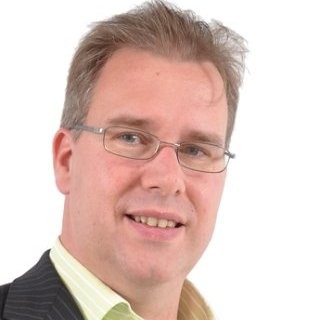
Lees hier de ervaringen van andere klanten.

"Het is een meerwaarde om met een partij te werken die gelooft in onze missie"
Succesvolle start-up met modulaire en repareerbare smartphone legt met ERP- informatiesysteem basis voor verdere groei.
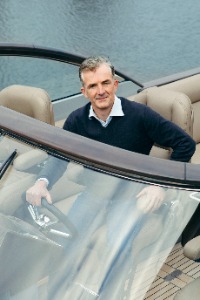
"Schaalbaarheid vergroten zodat we internationaal kunnen doorgroeien"
Wajer Yachts ondernam een zoektocht naar een ideaal ERP-pakket: “Uitbesteden wat je zelf niet goed kunt”
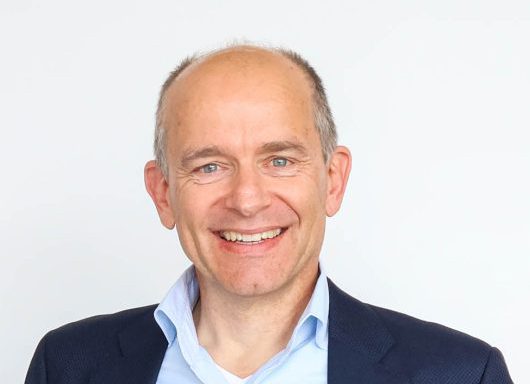
"Een bestaand maatwerk systeem vervangen is net een openhartoperatie."
Vepo zocht een partij met veel ervaring en werd door een relatie op Skopos gewezen.
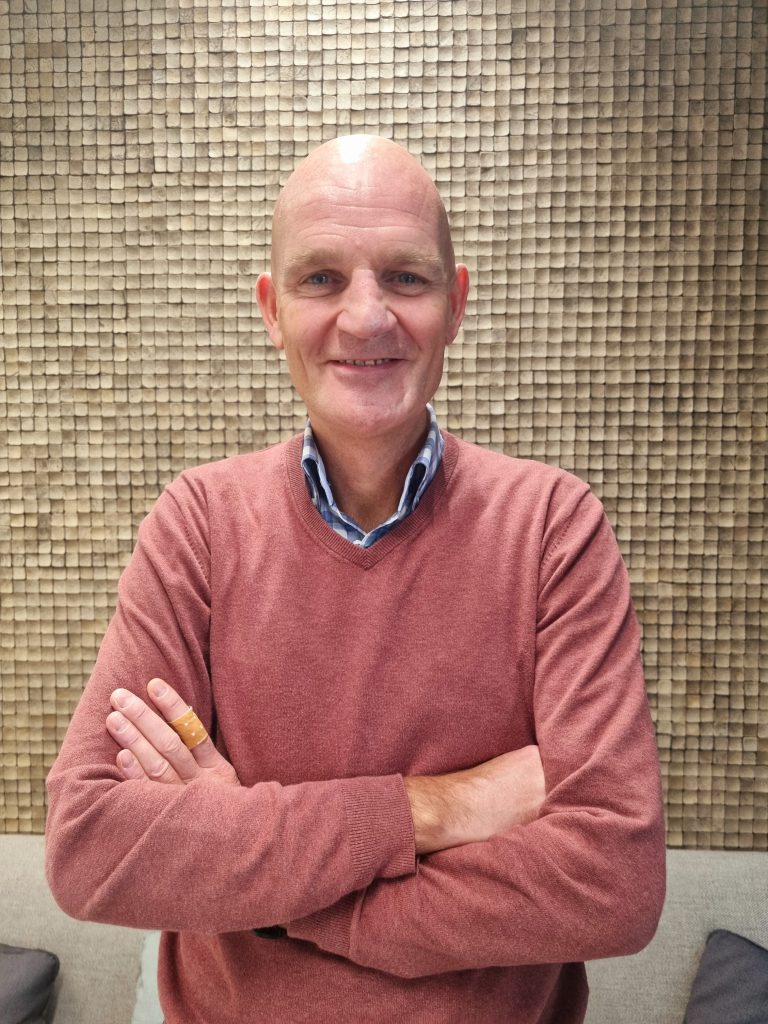
"De komst van nieuwe ERP-software is ook een verandering van cultuur"
Omdat verouderde informatiesystemen verdere groei in de weg stonden, besloot SRG International op zoek te gaan naar een nieuwe oplossing.